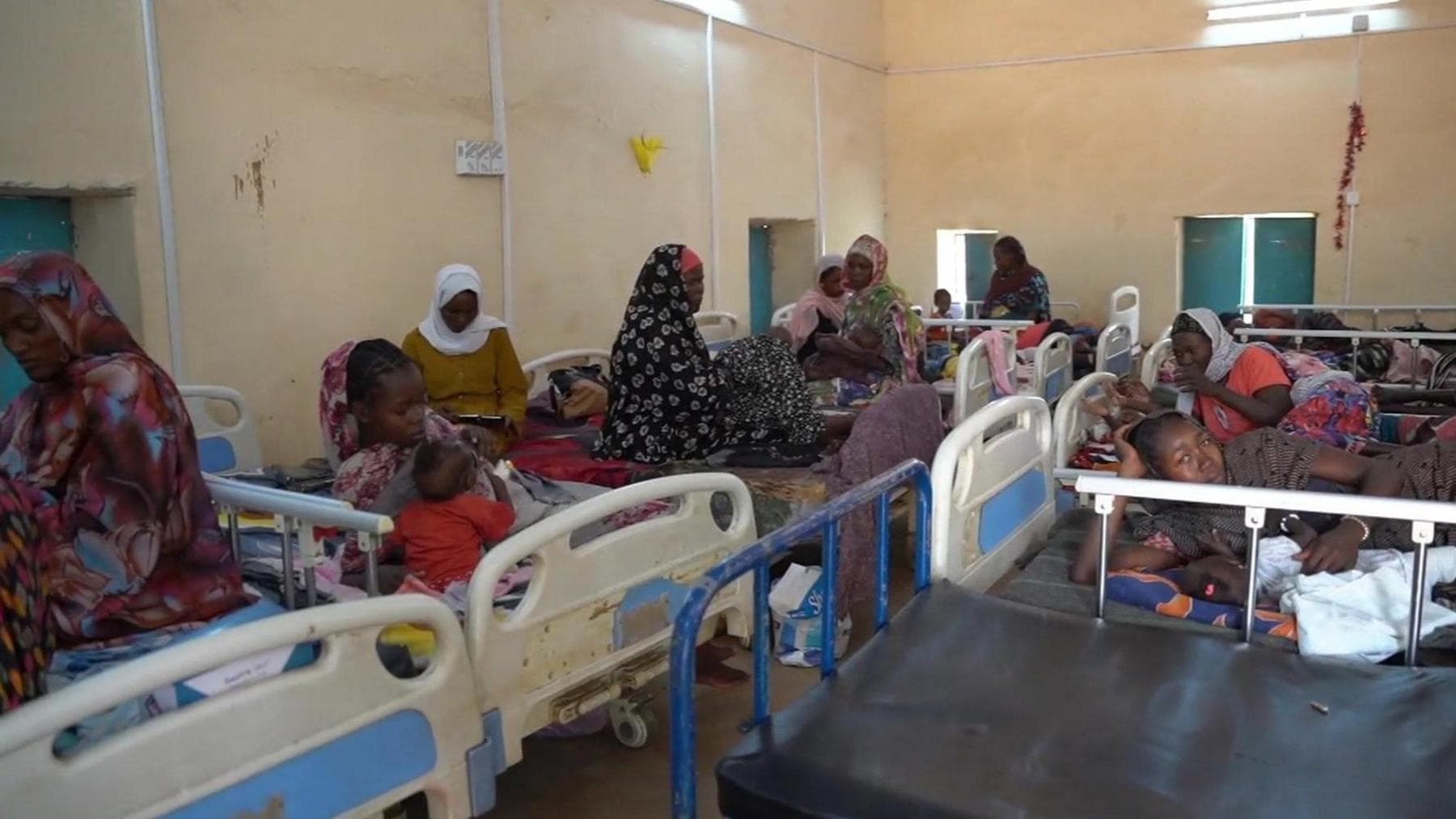Washington Confirms First Human Death From Rare H5N5 Avian Influenza
Washington state health officials confirmed on November 24 that an older adult from Grays Harbor County died after testing positive for avian influenza A H5N5, a rare strain that typically circulates in birds. Authorities say the public risk remains low, close contacts are being monitored, and state and federal teams are conducting contact tracing and environmental sampling to assess further exposures.

An older adult from Grays Harbor County who had been hospitalized since early November died after testing positive for avian influenza A H5N5, state health officials confirmed on November 24. Testing performed at the UW Medicine Clinical Virology Lab identified the virus as H5N5, and the result was subsequently confirmed by Centers for Disease Control and Prevention laboratories.
The patient had underlying medical conditions and had been in the hospital for several weeks before passing away, according to the state announcement. Environmental sampling at a nearby backyard poultry site indicated that the most likely source of exposure was a flock that had contact with wild birds. Investigators said the infection appeared to have arisen from that poultry exposure rather than from sustained transmission among people.
Public health authorities emphasized that the overall risk to the general public remained low. Close contacts of the patient were being monitored for symptoms, and state and federal teams were carrying out contact tracing and additional environmental sampling at the site to assess any further exposures. Officials reported there was currently no evidence of sustained human to human transmission of this strain.
Avian influenza viruses of the H5 family are primarily pathogens of birds, and human infections have historically been uncommon. When they do occur they have tended to affect people with close or prolonged contact with infected poultry or contaminated environments. Severe outcomes are more likely among older adults and people with preexisting medical conditions, a pattern consistent with the recently reported case.

The detection and laboratory confirmation by a university clinical virology lab and federal public health laboratories underscores the broader surveillance network for influenza viruses that bridges animal and human health. Such coordination is central to identifying potential zoonotic spillovers, tracing contacts, and implementing measures to limit further spread.
The event highlights routine public health tensions between signaling urgency and avoiding undue alarm. While officials stressed the low risk to the wider community, the incident will likely prompt renewed attention to biosecurity among backyard flocks, reporting of sick or dead wild birds, and surveillance at the human animal interface. State agricultural and wildlife agencies commonly work with health departments following avian influenza detections to advise on safe handling of birds and disposal of carcasses, and to test flocks and the surrounding environment.
The confirmation in Washington follows a pattern of sporadic avian influenza detections in wild and domestic birds across parts of the country in recent years, and occasional human infections internationally. Public health authorities said investigations would continue, with contact monitoring and environmental testing informing any further response measures. The case serves as a reminder of the importance of ongoing surveillance, timely laboratory confirmation, and coordinated response efforts when animal viruses cross into people.


